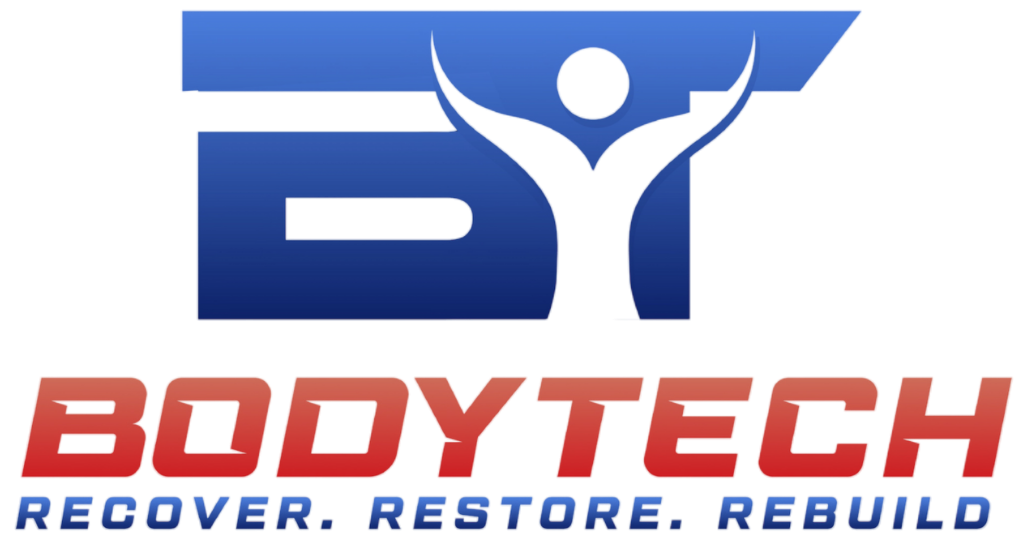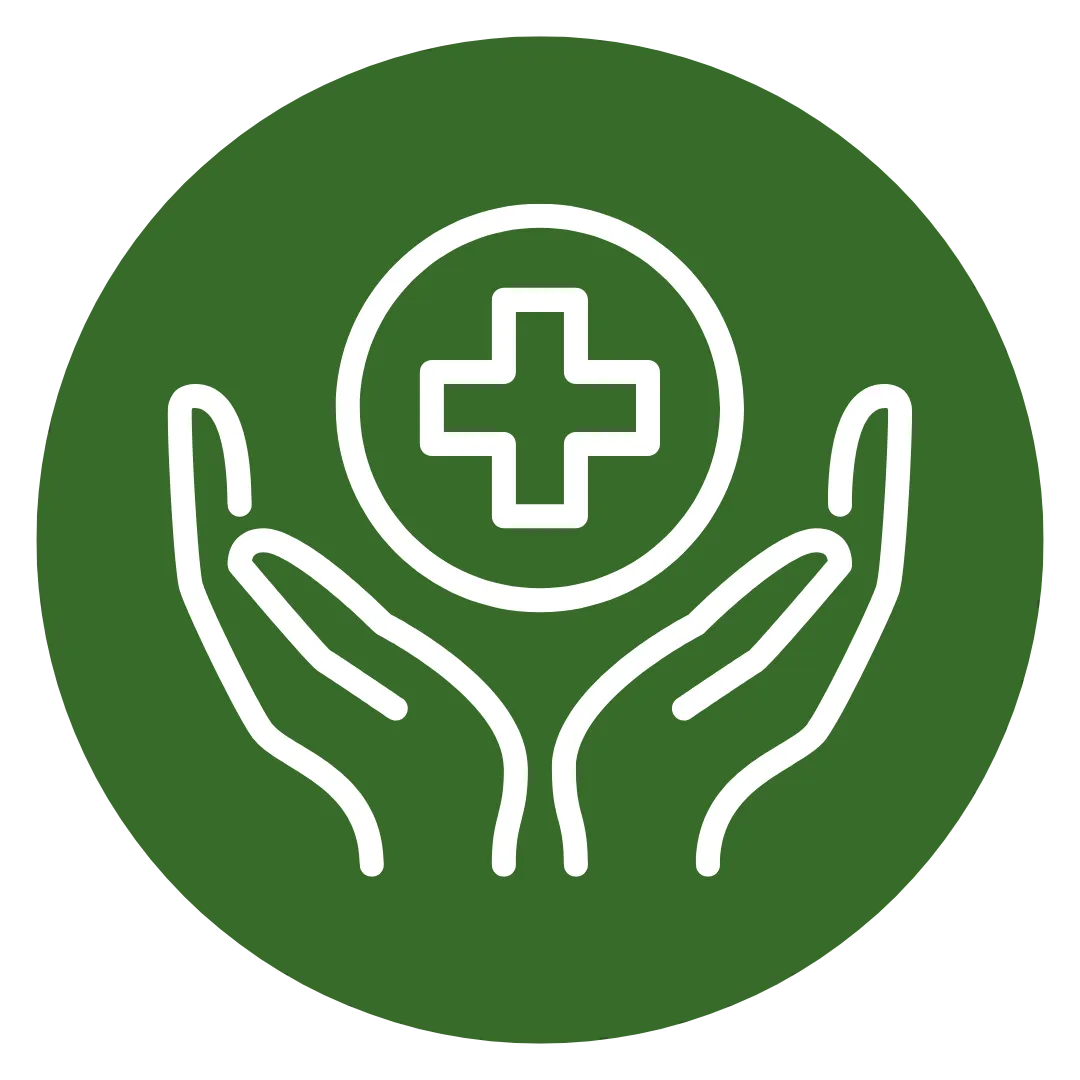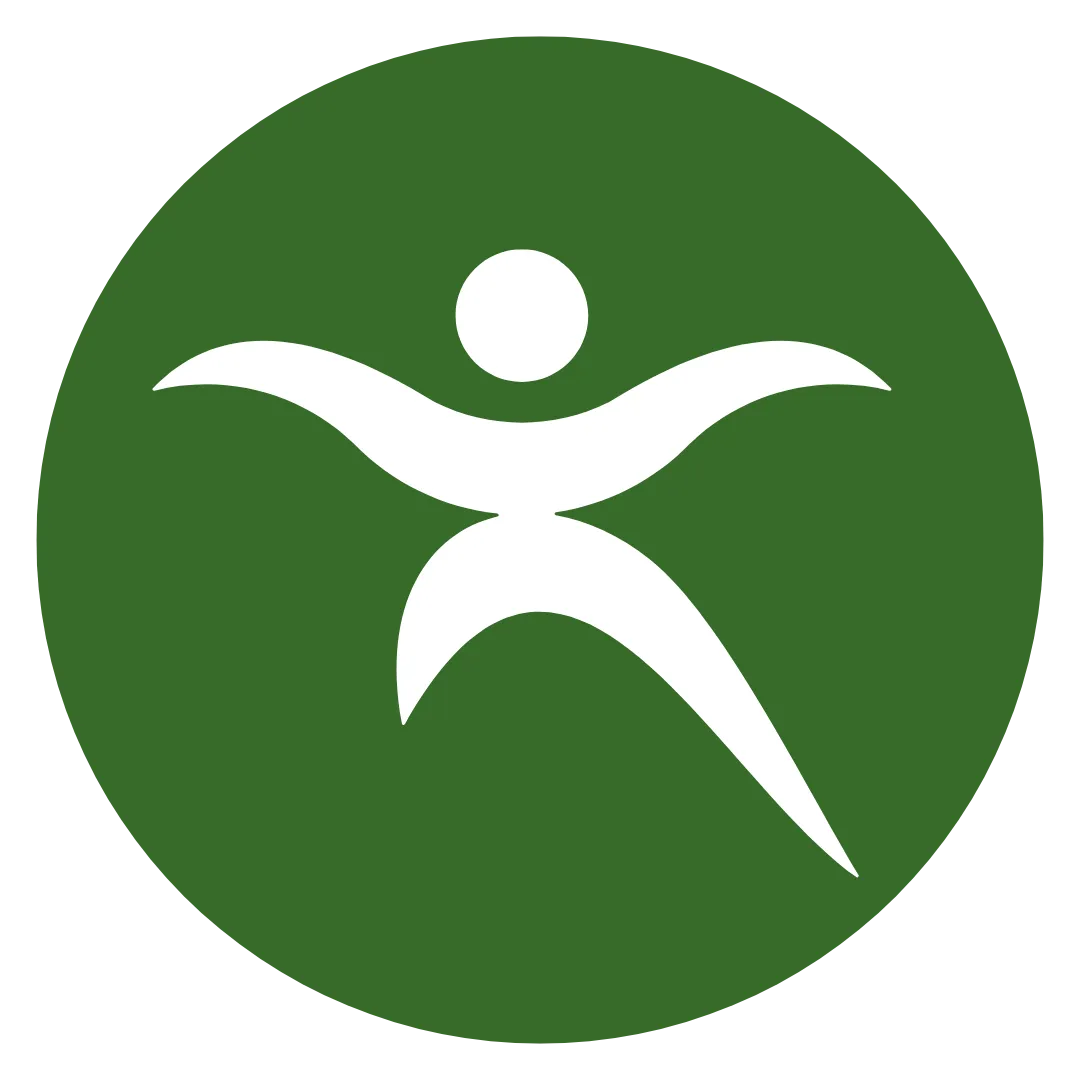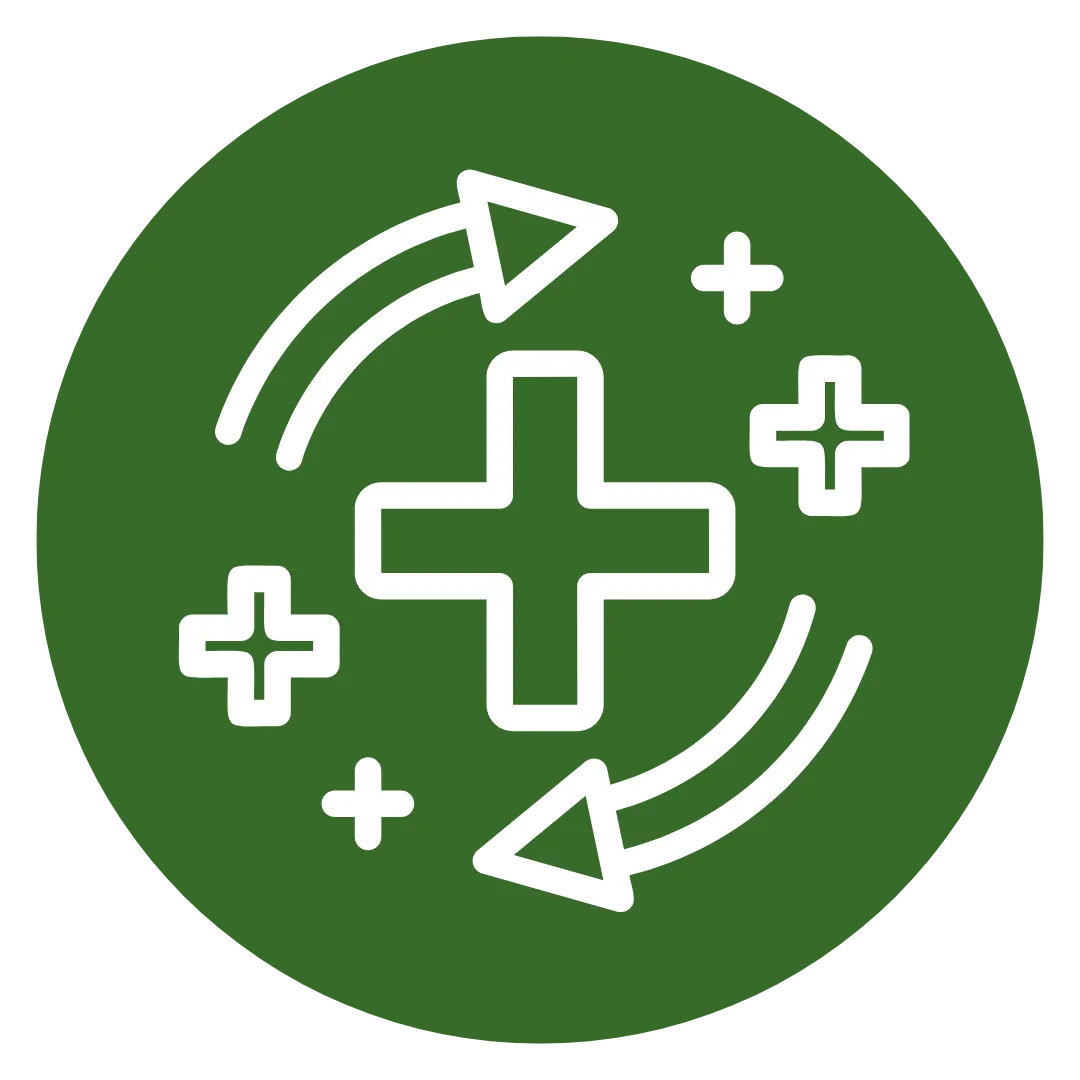RECOVERY. REDEFINED.
MOVEMENT IS MEDICINE.
HEALING STARTS HERE.
BodyTech is built for people who refuse to let pain define them. We make the connection between science, movement, and recovery — and turn it into real results.
About Us
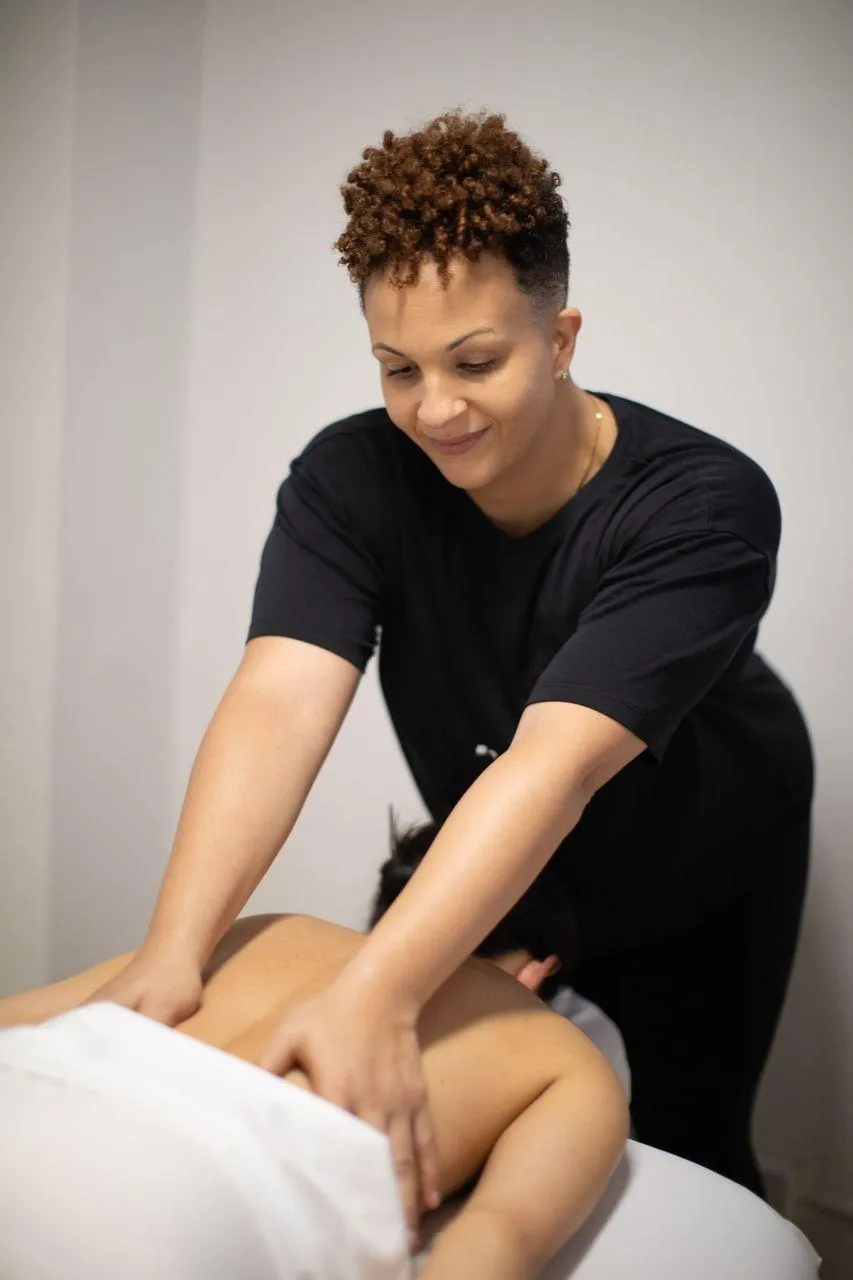

Built for Healing.
Backed by Purpose.
About BodyTech
Built for Healing.
Backed by Purpose.
At BodyTech, recovery isn’t just what we do — it’s who we are.
BodyTech was created to transform the way people experience healing: through movement, intention, and a deep understanding of the human body’s power to rebuild.
Whether you’re navigating post-surgical recovery, chronic pain, or performance plateaus, BodyTech provides the strategies, tools, and support to help you move forward with strength and purpose.
Our Services
Your Recovery, Your Way.
featuring
THE PAIN PLAYBOOK
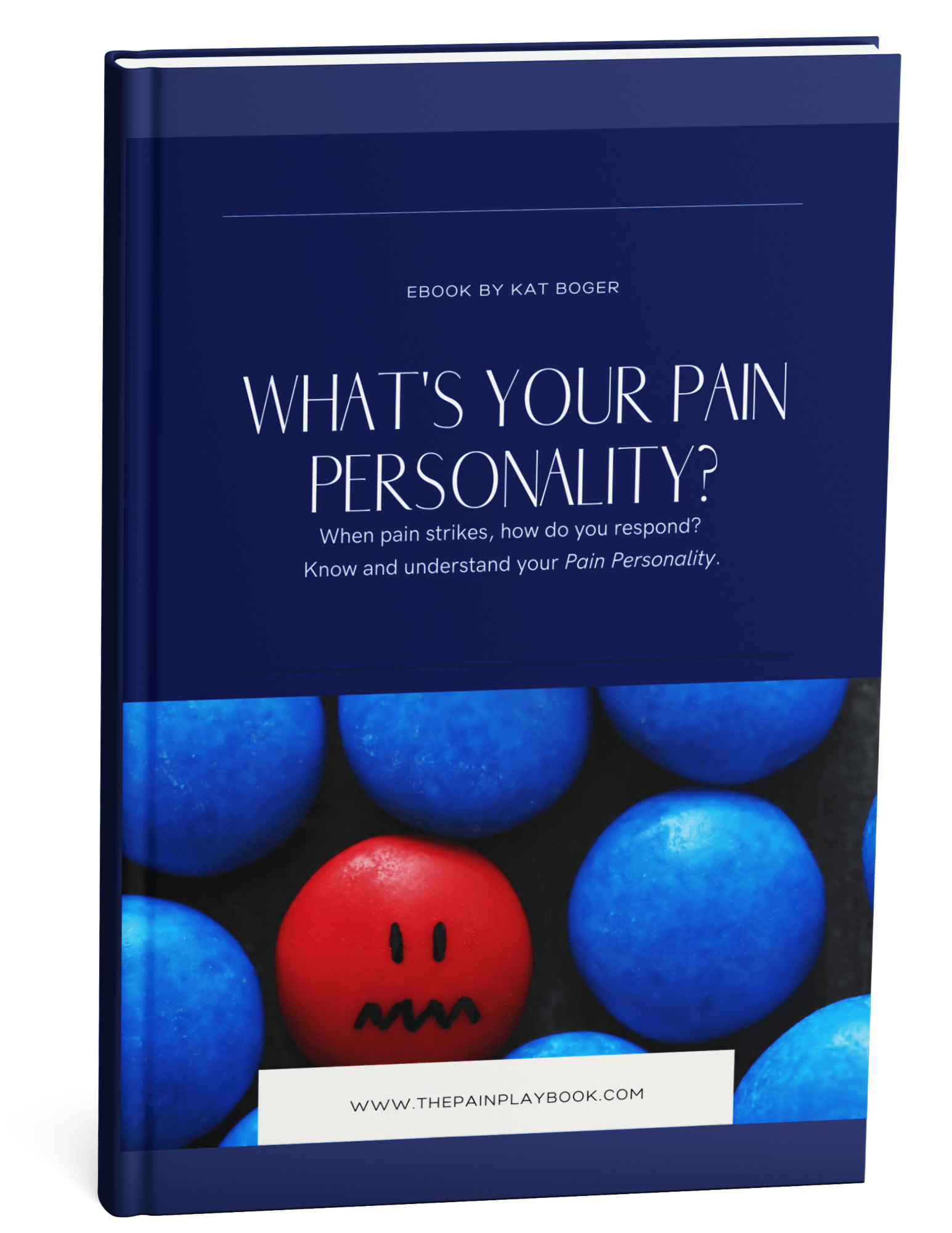
Because Healing Isn’t Just Physical. It’s Personal.
The Pain Playbook is the education hub powered by BodyTech where we turn science and experience into self-management strategies you can use. From stress and pain to hormonal health and recovery hacks, we explore the why behind the work and how to reclaim control over your healing journey.
WHY BODYTECH?
Experience You Can Feel. Expertise You Can Trust.
Recovery built around you, not just your diagnosis.
Movement-based solutions rooted in science and experience.
Coaching that empowers you to self-manage, not just survive.
A team that treats you like a person, not a protocol.
Real Stories. Real Recovery.

Alex C.
trainer with hip pain & discomfort)
Alex C.
trainer with hip pain & discomfort)

Kat is a magician! It took her literally one minute to figure out what was causing my problems and I walked out pain free after one session!

Theresa P.,
client with lymphadema
Theresa P.,
client with lymphadema

Kat is a wonderful caring professional therapist.

Rob F.
Rob F.

Kat is amazing and, hands down the best in the business.

Clea M.
Clea M.

Pedro has been an incredible trainer with an impressive depth of knowledge and experience. At 55, I’m stronger than ever and excited to see what I can accomplish. With Pedro showing me, I can exceed my own expectations.

Stephanie W.
Stephanie W.

In the time that I’ve been training with Pedro, I’ve become stronger and fitter.”

Peter G.,
marathon runner
Peter G.,
marathon runner

I think I have a pretty low tolerance to pain, but Kat does a great job of getting deep into my muscles without causing a lot of pain."
Browse Our Articles
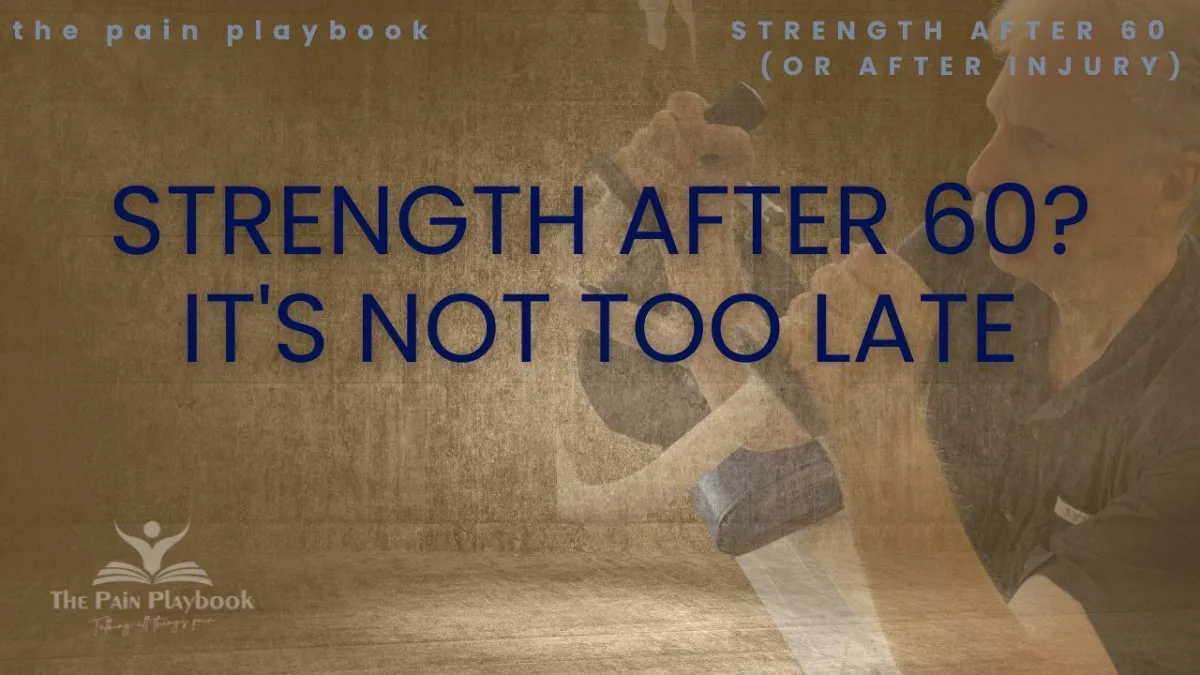
The Truth About Strength Training After 60 (or After Injury)
The Truth About Strength Training After 60 (or After Injury)
One question we hear often sometimes quietly, sometimes with frustration is:
“Does it have to hurt? Is this just part of getting old?”
It came up recently from a longtime client and friend. He wasn’t having a great day. Pain had been lingering, progress felt slow, and the deeper question underneath was clear:
Is this just the way it has to be now?
The short answer? No. Not always.
Pain and aging often get bundled together like they’re inseparable. But that’s only part of the story and it’s not always the true one. There’s more power (and possibility) in how we respond to change than we’ve been taught to believe.
People tend to associate pain in aging with the inevitable wear and tear of getting older. But that’s only half the story. Pain and loss of strength aren’t always due to aging itself, but often from how we respond to it.
While some changes in the body are normal, persistent pain is not a guarantee of aging. I In fact, much of the discomfort older adults experience is linked to disuse, poor movement habits, and nervous system sensitivity.
Not age alone.
After an injury or health scare, it’s completely natural to slow down. You start guarding certain movements, avoiding things that used to feel easy. Maybe it’s out of fear. Maybe it’s exhaustion. Maybe it’s just not knowing what’s safe anymore.
But over time, that caution becomes habit. And that habit becomes limitation.
You lose strength without even realizing it. Joints feel stiffer. Pain seems to show up more often. And it sticks around longer. Confidence fades, and so does the trust you used to have in your body
That’s how the Pain Cycle sets in.
It’s not just physical. It’s emotional, too. The frustration. The grief over what your body used to be able to do. The quiet question of whether this is just what aging feels like.
But the truth is: for many people, this cycle doesn’t break on its own. It needs something—or someone—to interrupt it. A different approach. A fresh way forward. A plan that’s rooted in support, not pressure.
After an injury or health scare, it’s natural to slow down or guard movement. Over time, this inactivity leads to:
Muscle atrophy
Joint stiffness
Increased pain sensitivity
Decreased confidence in movement
Why Strength Training Is Essential After 60 (or After Injury)
Real People, Real Strength
Take a look at what’s happening at places like Greysteel, a gym in Michigan where older adults are deadlifting, squatting, and proving that aging doesn’t mean giving up on strength.
The New York Times recently spotlighted this movement of older lifters, showing how smart, progressive strength training is transforming lives well into the 70s and 80s.
Read the article here
Strength isn’t just for the young. It’s for anyone ready to reclaim it. Of course, with the right support.
That kind of strength doesn’t start with barbells, it starts with belief. And often, that belief has to be rebuilt too.
Which brings us to another question we hear all the time:
“Which is more important—strength or mobility?”
It’s a fair question, but the truth is, you don’t have to choose.
Mobility and strength are deeply connected. Without strength, mobility is unstable. Without mobility, strength becomes limited or dysfunctional.
What we’ve seen in the clinic time and time again is that when people begin to restore strength, mobility often improves along with it. Especially after injury or long periods of guarding.
If you feel stiff, restricted, or unsure in your movement, it doesn’t mean you’re broken. And it doesn’t mean you just need to stretch.
It really might mean your body is asking for something deeper: support, structure, and a safer way to rebuild trust.
Because behind every tight muscle or guarded joint is often a nervous system that doesn’t feel fully safe to move. This is not because you’re weak. This is because your body is smart. And cautious. And trying to protect you.
That’s why strength training—done intentionally—is one of the most powerful tools to:
Improve mobility and joint health
Reduce chronic pain
Rebuild lost muscle mass
Boost confidence in your body again
And no, you don’t need to be lifting heavy weights or doing burpees to make it work.
Smart, adaptive strength training focuses on where your body is right now instead of where it used to be. That includes tempo work, resistance bands, isometric holds, and functional movements that build strength without triggering pain.
How Pain Informs the Process
At BodyTech, we hear this a lot: “I don’t want to get hurt or reinjure myself.”
That concern is valid, and it’s exactly why we don’t push people into pain.
We get that pain with aging and after injury isn’t always simple. Sometimes pain lingers because of:
A nervous system that’s still stuck in guard mode
Ongoing inflammation that keeps your body on edge
Lost stability that makes movement feel risky or off
Hormonal changes that shift how your body recovers and feels
Pain isn’t something to ignore or just push through. Pain is data. It’s your body’s way of asking for help. It tells if something feels off, under-supported, or out of balance. At BodyTech, we listen to that.
We use that feedback to guide recovery, not ignore it.
Instead of pushing through, we focus on retraining movement patterns, rebuilding stability, and progressing with intention so your strenght gains feel empowering, not risky.
Instead of pushing harder, we help you move smarter retraining how you move, rebuilding stability where it’s missing, and progressing at a pace that feels safe and solid.
Because getting stronger shouldn’t feel like a gamble. It should feel like coming home to your body again.
Your strength program should be informed by your pain, not dictated by it.
Our SecondWind program, and our online coaching framework, are built with this in mind. We don’t just say “listen to your body.” We teach you how.
Strength Isn’t About Going Back. It’s About Rebuilding Forward.
It’s not about going back to who you used to be.
It’s about creating strength for the life you want now.
Ready to Move Forward?
Whether you’re recovering from surgery, managing pain, or ready to redefine how you move through life, we’re here for it. Recovery starts with the first step. Let’s take it together.
